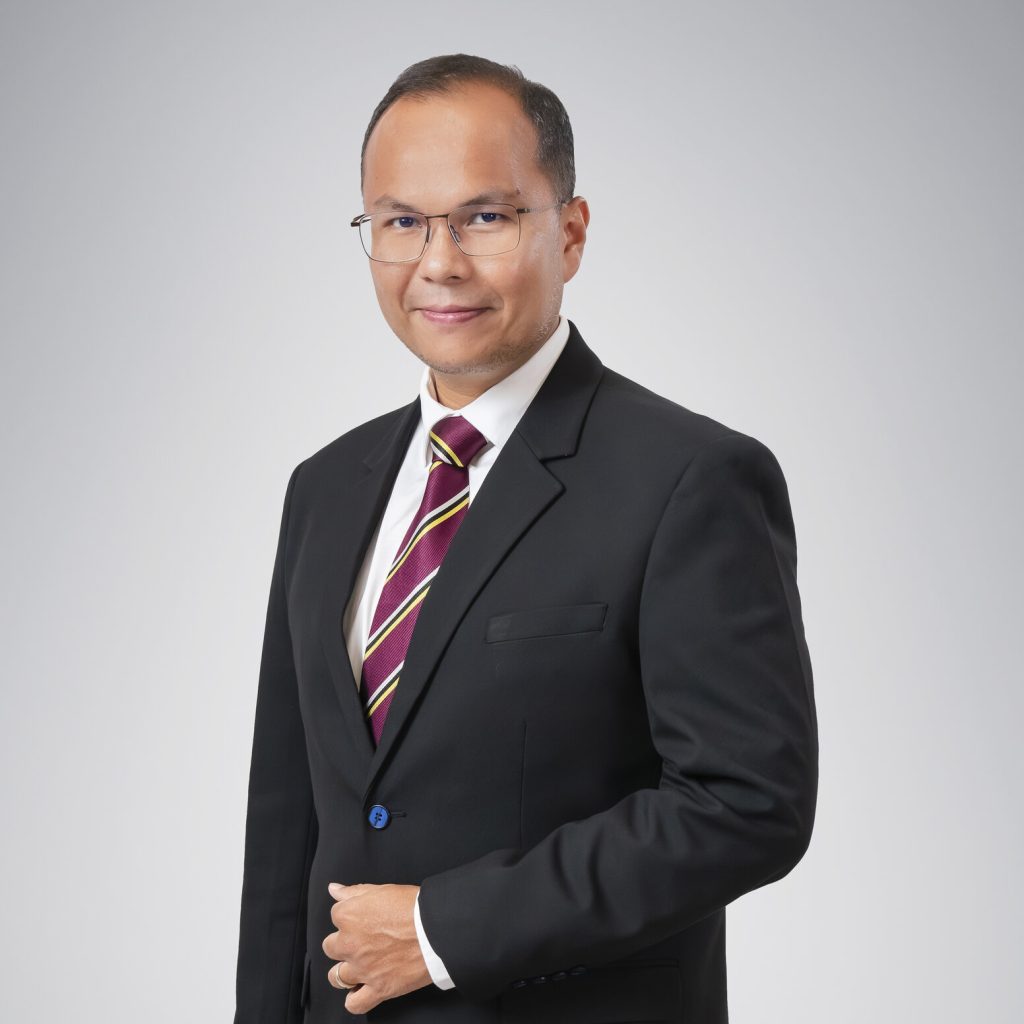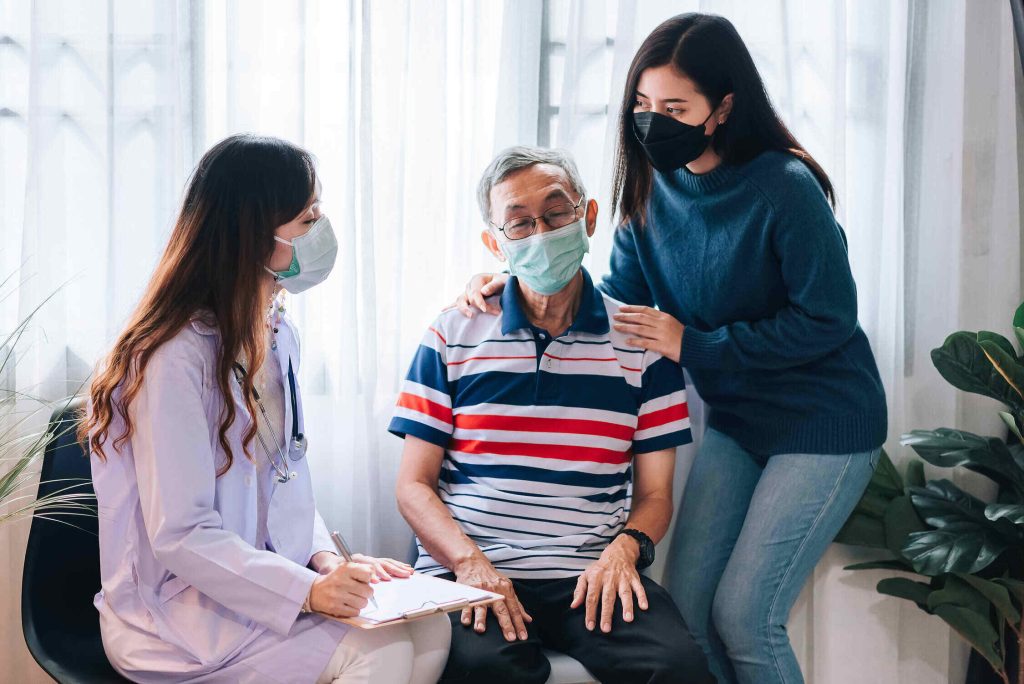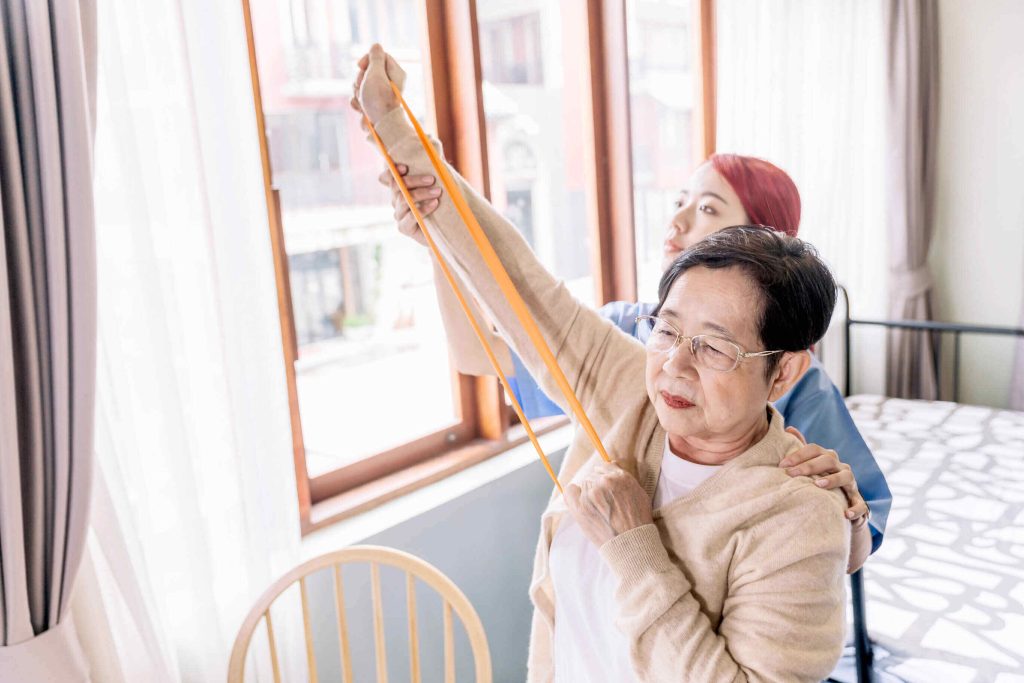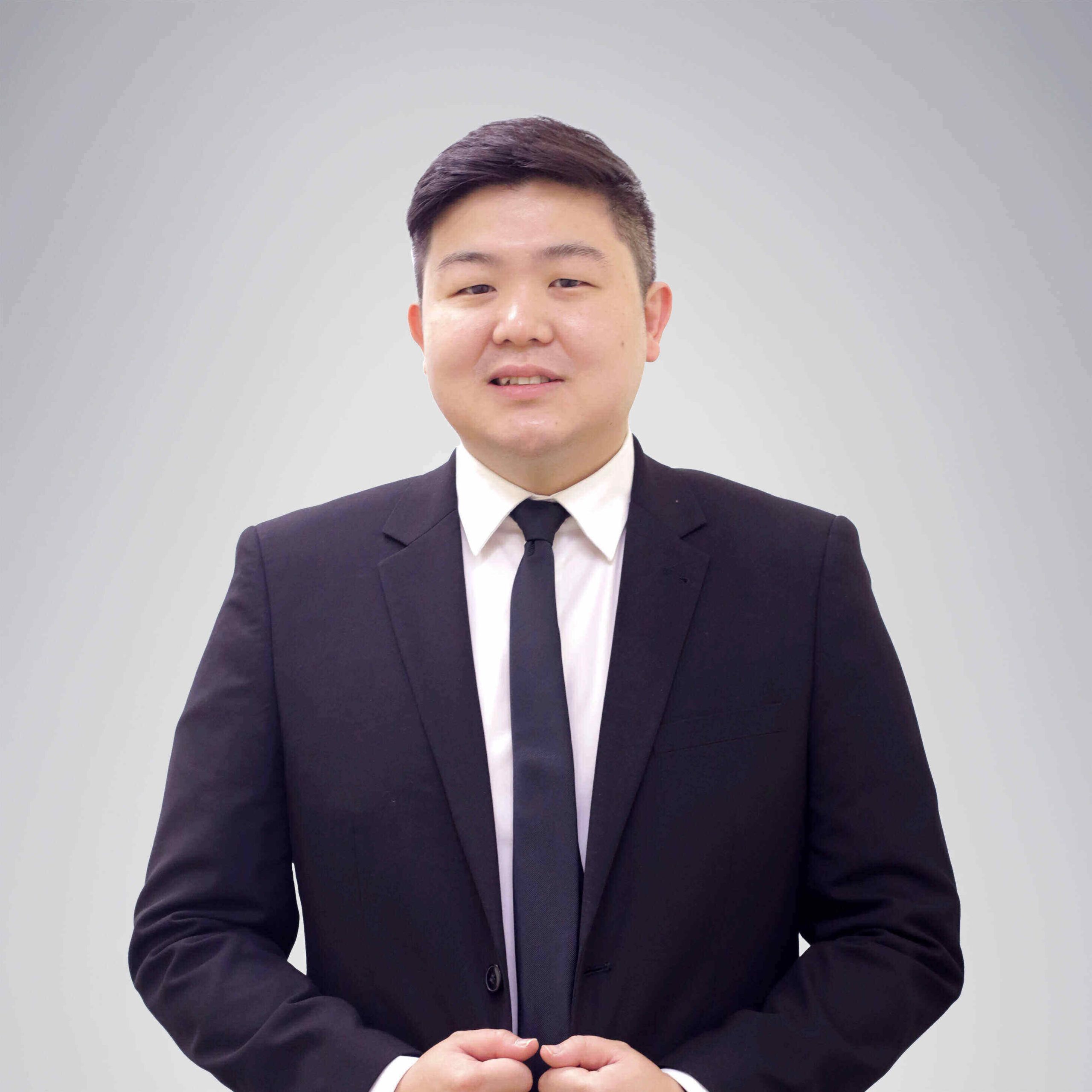Every second counts when it comes to a stroke — a medical emergency where rapid action can mean the difference between full recovery and lifelong disability. For every minute that passes after a stroke begins, the brain loses nearly 1.9 million neurons, underscoring the urgency of immediate care. Globally, stroke is the second leading cause of death, with over 12.2 million new cases recorded in 2019. In Malaysia alone, there were 47,911 new stroke cases and almost 20,000 deaths that same year, reflecting the scale of the issue and the need for greater public awareness and timely intervention.

According to Dr Aaron Lai Kuo Huo, Consultant Emergency Medicine, and Dr Mohamad Imran Bin Idris, Consultant Neurologist at Sunway Medical Centre, Sunway City, the first 72 hours following a stroke are crucial for determining a patient’s outcome. They explain that rapid treatment, close monitoring, and a multidisciplinary approach can significantly reduce the risk of long-term complications and improve recovery rates.
Every Minute Matters
Public awareness campaigns often focus on identifying stroke symptoms through the B.E. F.A.S.T. acronym — Balance, Eyes, Face, Arm, Speech, and Time — but what happens after a patient reaches the hospital is equally vital. “The first 72 hours can determine whether a person recovers fully or faces long-term disability,” says Dr Aaron. “When a stroke occurs, the brain is deprived of oxygen, and damage starts immediately. Quick interventions, like clot-busting drugs or thrombectomy, can save lives — but they must happen fast.”

Studies have shown that patients who receive thrombolytic therapy within 4.5 hours of symptom onset have a significantly higher chance of full recovery. This period, often called the “golden hour,” can make the difference between regaining full brain function and suffering permanent damage.
The Critical 72-Hour Window
Once a patient arrives at the hospital, a multidisciplinary medical team takes charge to stabilise the patient and prevent further complications such as secondary strokes or brain swelling. “In these 72 hours, we focus on managing vital factors like blood pressure, blood sugar, and hydration to minimise brain injury,” explains Dr Mohamad Imran. “We also repeat brain scans within 24 hours to monitor for bleeding or other issues.”

Early rehabilitation — within 48 to 72 hours — is equally important. Starting physical, speech, and occupational therapy as soon as possible helps patients regain mobility, coordination, and independence faster.
Dr Aaron shares a success story that demonstrates the importance of early intervention: “A young man in his late twenties arrived within an hour after experiencing weakness and slurred speech. We administered clot-busting therapy within 40 minutes, and he regained full function in days. He walked out of the hospital without lasting damage — all because he came in quickly.”
Dispelling Dangerous Myths
One common misconception is that a “mini stroke,” or transient ischaemic attack (TIA), is not serious. Dr Mohamad Imran cautions, “Even a TIA should be treated as an emergency. The risk of a full stroke is highest within the first 48 hours.” Dr Aaron adds, “Up to one in five TIA patients may experience a major stroke within 90 days, half of them in the first two days.” This highlights the importance of seeking medical attention immediately, even if symptoms disappear quickly.

Stroke on the Rise Among Younger Malaysians
Strokes are no longer limited to older adults. More young Malaysians are being diagnosed due to lifestyle factors such as poor diet, obesity, smoking, and physical inactivity. Studies reveal a 53.3% increase among men and 50.4% among women aged 35–39. “We’re seeing more metabolic syndromes in younger people — a major contributor to stroke risk,” says Dr Aaron. Younger individuals often delay seeking help, mistaking early symptoms for fatigue or stress, which worsens outcomes.

The Role of a Multidisciplinary Approach
Comprehensive stroke care doesn’t end at emergency treatment. Long-term recovery depends on a team-based approach involving neurologists, physiotherapists, occupational and speech therapists. “Early rehabilitation gives patients the best chance to regain mobility, communication, and independence,” says Dr Mohamad Imran.
Family involvement is also critical. Stroke survivors supported by their families tend to recover faster, both physically and emotionally. “Families are taught how to help their loved ones manage daily tasks, medications, and emotional wellbeing,” he adds.

A Call for Awareness and Early Action
The first 72 hours after a stroke truly shape the rest of a patient’s life. With stroke cases rising in Malaysia, it is vital for everyone to recognise early symptoms and seek immediate medical help. As Dr Mohamad Imran concludes, “Stroke care isn’t just about saving lives — it’s about preserving the quality of life.”
Through early detection, rapid treatment, and holistic rehabilitation, stroke survivors can look forward to better recovery outcomes and a renewed sense of independence.
